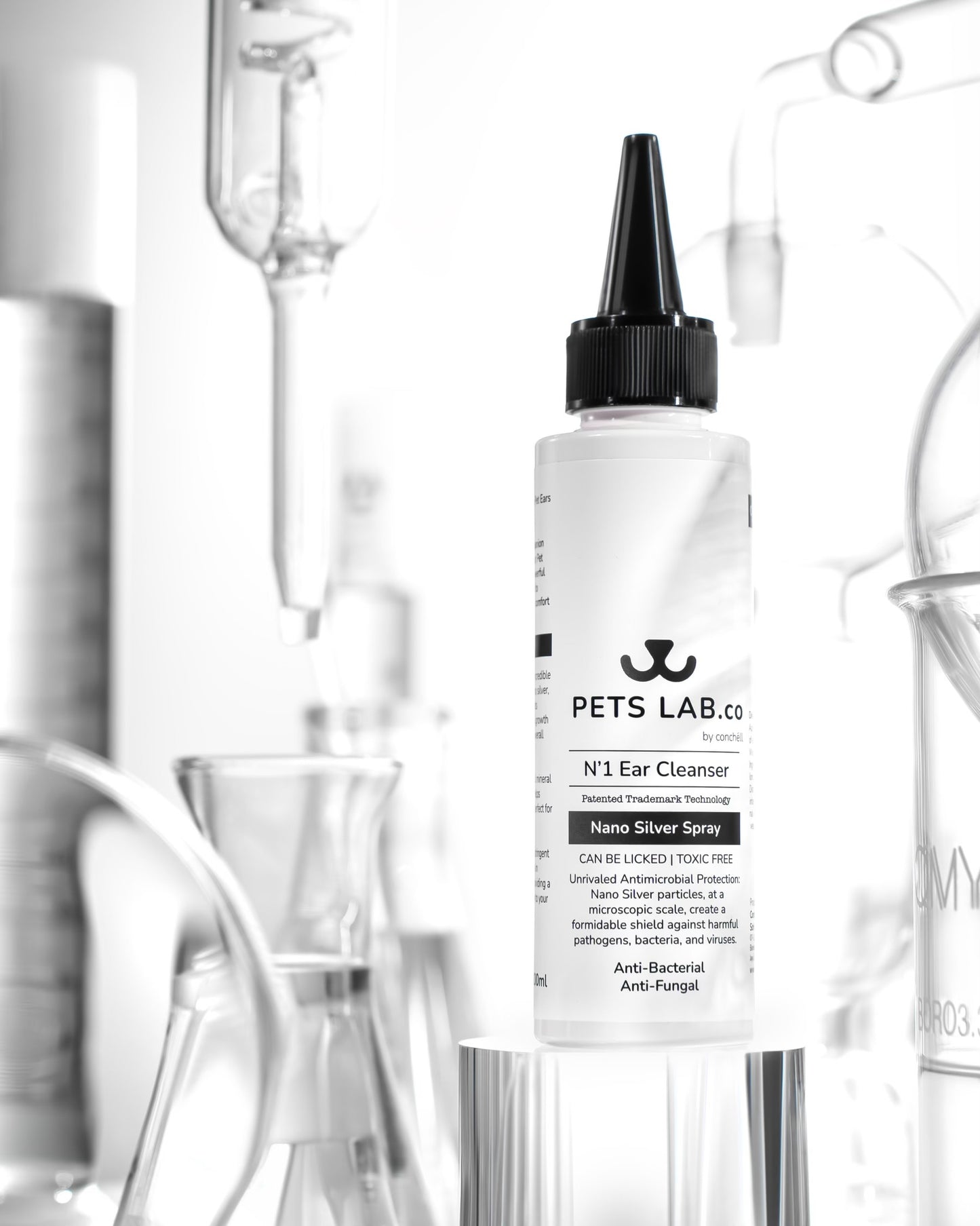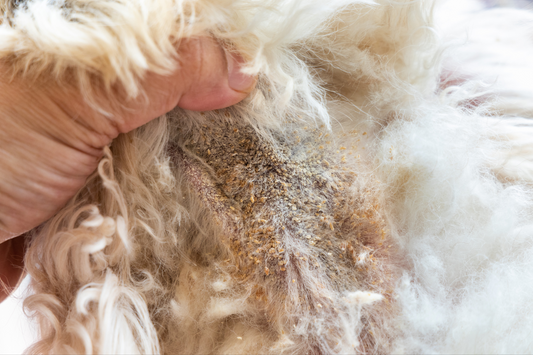
10 Surprising Ways You’re Putting Your Pet’s Health at Risk (And How to Fix Them)
Share
Introduction:
As pet owners, we all want the best for our furry companions. We shower them with love, provide them with the best food, and ensure they’re comfortable. However, even the most well-meaning pet parents can unknowingly put their pet’s health at risk. In this article, we’ll uncover 10 surprising ways you might be harming your pet’s well-being and offer actionable tips to correct these mistakes.
1. Overfeeding Your Pet
Overfeeding is one of the most common mistakes pet owners make. While it may seem like giving extra treats or larger portions is an act of love, it can lead to obesity, diabetes, and joint problems.
How to Fix It:
Consult your vet to determine the right portion size for your pet’s breed, age, and activity level. Stick to a feeding schedule, and avoid giving too many treats.
2. Skipping Regular Veterinary Check-Ups
Skipping or delaying vet visits can result in undiagnosed health issues, which may worsen over time.
How to Fix It:
Schedule regular check-ups with your vet at least once a year (or more frequently for older pets). Preventative care can catch issues early, saving you stress and expense in the long run.
3. Neglecting Dental Care
Many pet owners overlook the importance of dental care, leading to plaque buildup, gum disease, and even tooth loss.
How to Fix It:
Brush your pet’s teeth regularly with pet-safe toothpaste, and provide dental treats or toys that help reduce plaque. Regular professional cleanings may also be necessary.
4. Using Human Medications
Administering human medications to pets without veterinary guidance can be dangerous and even fatal. Many common over-the-counter drugs, like ibuprofen or acetaminophen, are toxic to pets.
How to Fix It:
Always consult your vet before giving your pet any medication. Keep human medications out of reach, and never assume a drug that’s safe for you is safe for your pet.
5. Not Providing Enough Mental Stimulation
Pets need mental exercise just as much as physical exercise. Boredom can lead to destructive behaviors, anxiety, and even depression.How to Fix It:
Engage your pet with interactive toys, puzzles, and regular playtime. For dogs, consider training exercises that challenge their minds. Cats may enjoy climbing trees or hunting-style toys.
6. Inconsistent Exercise Routines
Inconsistent or insufficient exercise can lead to weight gain, muscle atrophy, and behavioral problems.
How to Fix It:
Ensure your pet gets daily exercise appropriate for their breed and age. Regular walks, playtime, and physical activities are essential for maintaining your pet’s health and happiness.
7. Ignoring Changes in Behavior
Changes in your pet’s behavior can be early indicators of health issues, yet they are often dismissed as quirks.How to Fix It:
Pay close attention to your pet’s behavior and seek veterinary advice if you notice anything unusual, such as sudden aggression, lethargy, or changes in eating habits.
8. Poor Grooming Practices
Neglecting regular grooming can lead to skin infections, matting, and other health problems.
How to Fix It:
Regularly brush your pet’s coat, trim their nails, and clean their ears. Some pets may also need regular baths, depending on their coat type and lifestyle.
9. Exposure to Harmful Chemicals
Household cleaners, pesticides, and even certain plants can be toxic to pets if ingested or inhaled.How to Fix It:
Use pet-safe cleaning products, keep hazardous substances out of reach, and be aware of toxic plants. Always supervise your pet in unfamiliar environments.
10. Not Socializing Your Pet
Lack of socialization can result in fear, anxiety, and aggression toward other animals or people.
How to Fix It:
Gradually expose your pet to new environments, people, and other animals from a young age. Socialization should be a positive experience to help your pet build confidence.
Conclusion:
Ensuring your pet’s health and well-being requires attention to both the obvious and the subtle aspects of care. By recognizing these common mistakes and taking steps to address them, you can help your pet lead a longer, happier, and healthier life. Remember, proactive care is the best way to show your love and commitment to your furry friend.



















